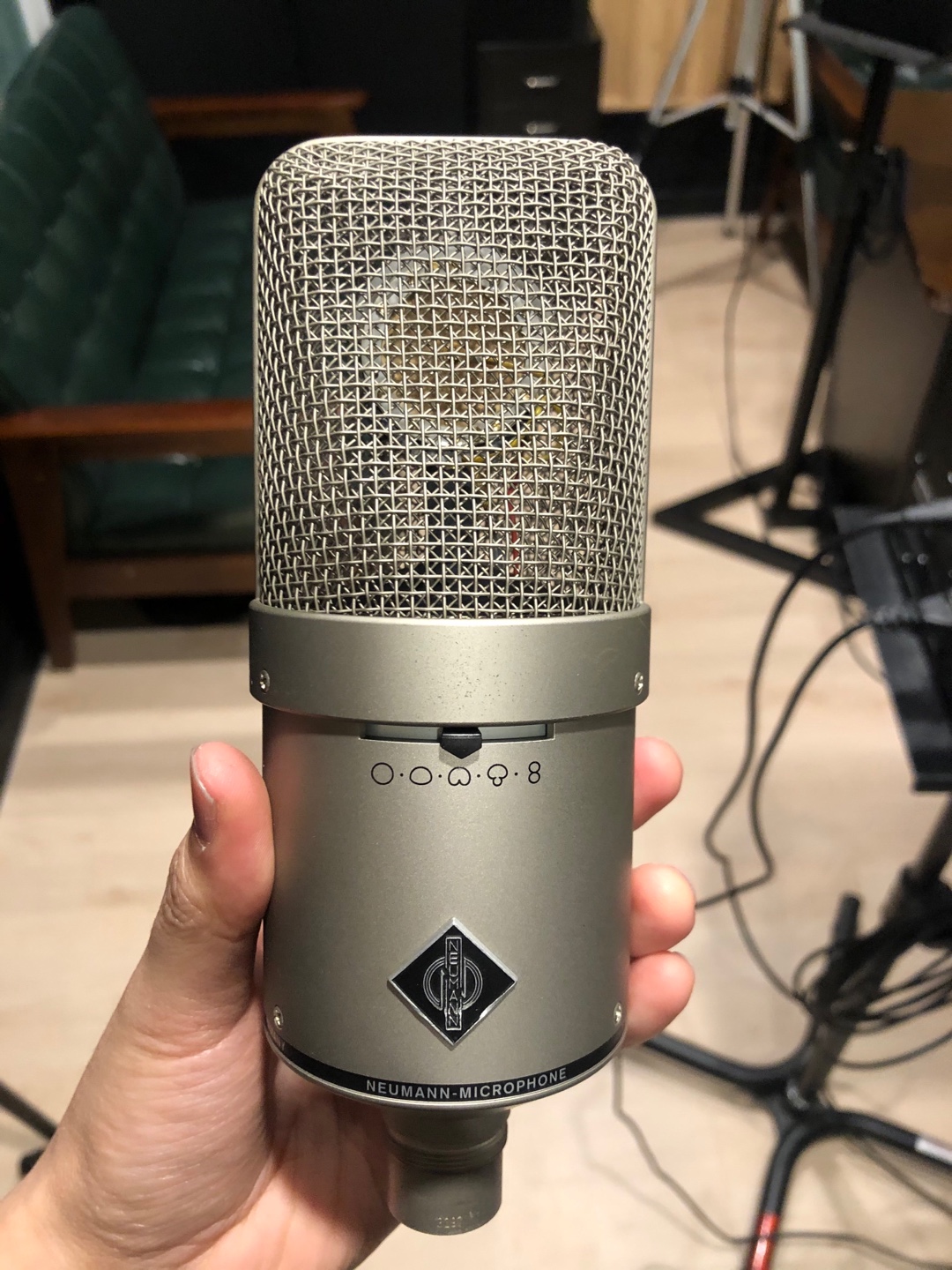The M149 is a contemporary recreation of the legendary M49 microphone.
At over $5000, it is an extremely expensive, high-end vintage microphone.
It costs nearly twice as much as the u87ai, which is commonly used in many studios.
However, the M149 has a very different character than the u87ai (hereafter referred to as the u87).
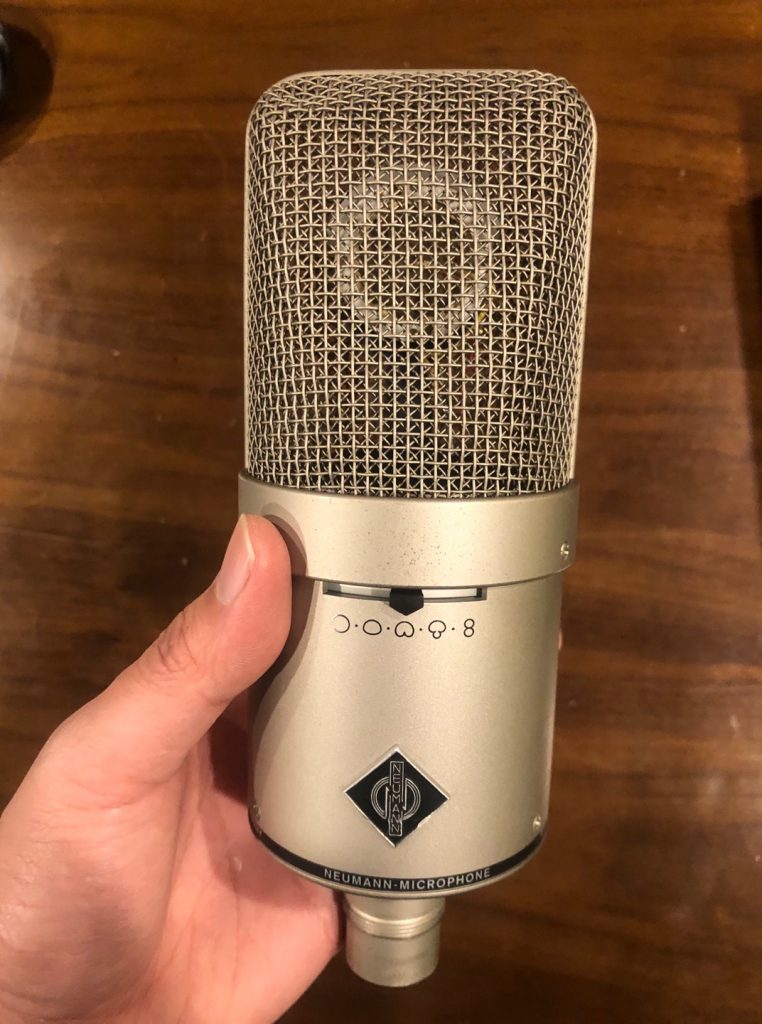
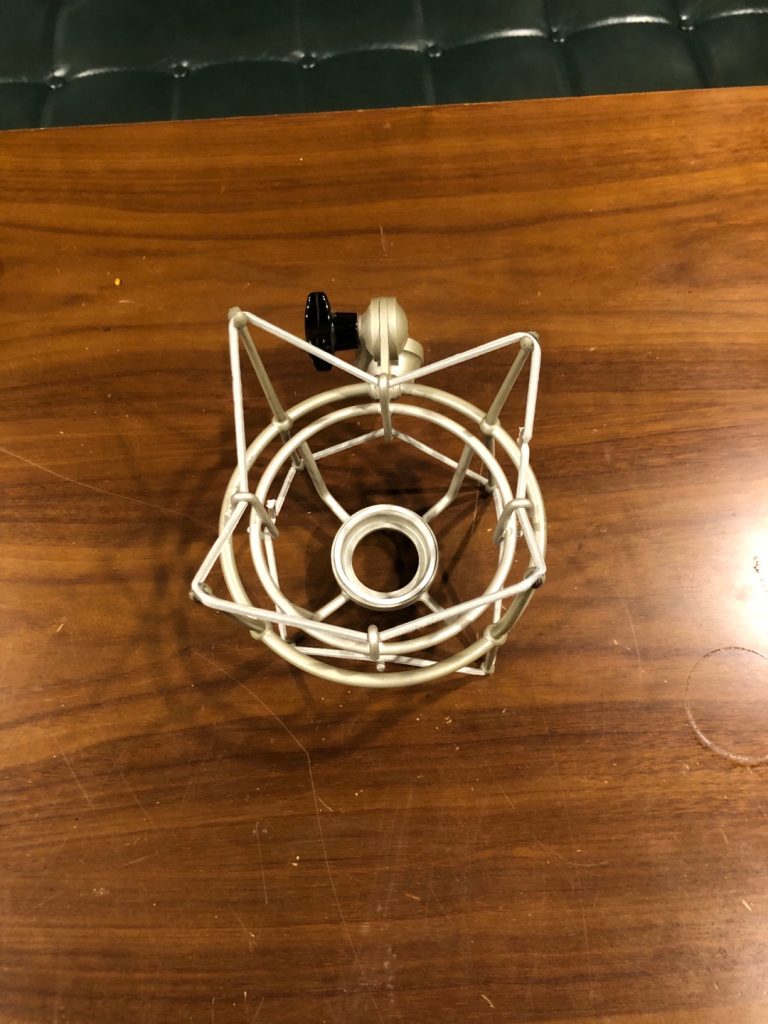
On the front, you can switch through 9 polar patterns, from Cardioid to Bidirectional.
I primarily use it as a vocal microphone, so I tend to use the Cardioid pattern.
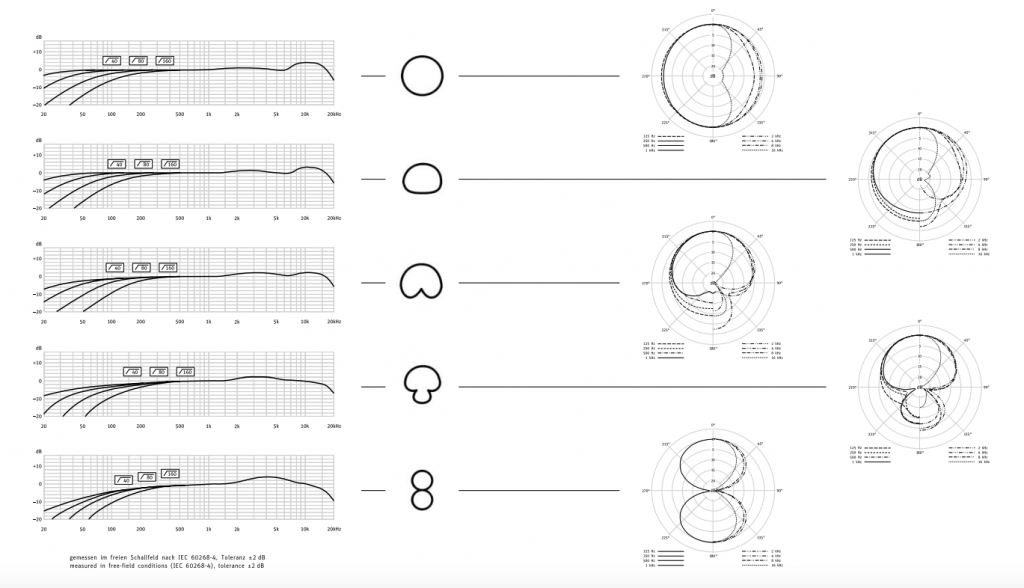
Microphone Characteristics
As expected from a tube microphone, it has a unique noise.
The perception of tube equipment as “warm” comes from this very characteristic noise.
Contrary to that “warm” feeling,
the microphone actually boosts the highs above 8kHz (in Cardioid mode).
This feature is what makes people choose this microphone.
While it varies from person to person,
when a male vocalist with a relatively low range uses it,
the tube’s harmonics above the fundamental frequency make the sound feel closer and more forward.
This allows the vocal tone to stand out more than it would with a u87.
However, when a female vocalist with a strong high range uses it,
the boosted highs can sound quite harsh, so I often compare it with other microphones before deciding.
For this reason, I prefer to use it by plugging it directly into the preamps of the Apollo Twin X
rather than combining it with a tube preamp like the Avalon VT-737.
You can check out the microphone comparison sources at the link below:
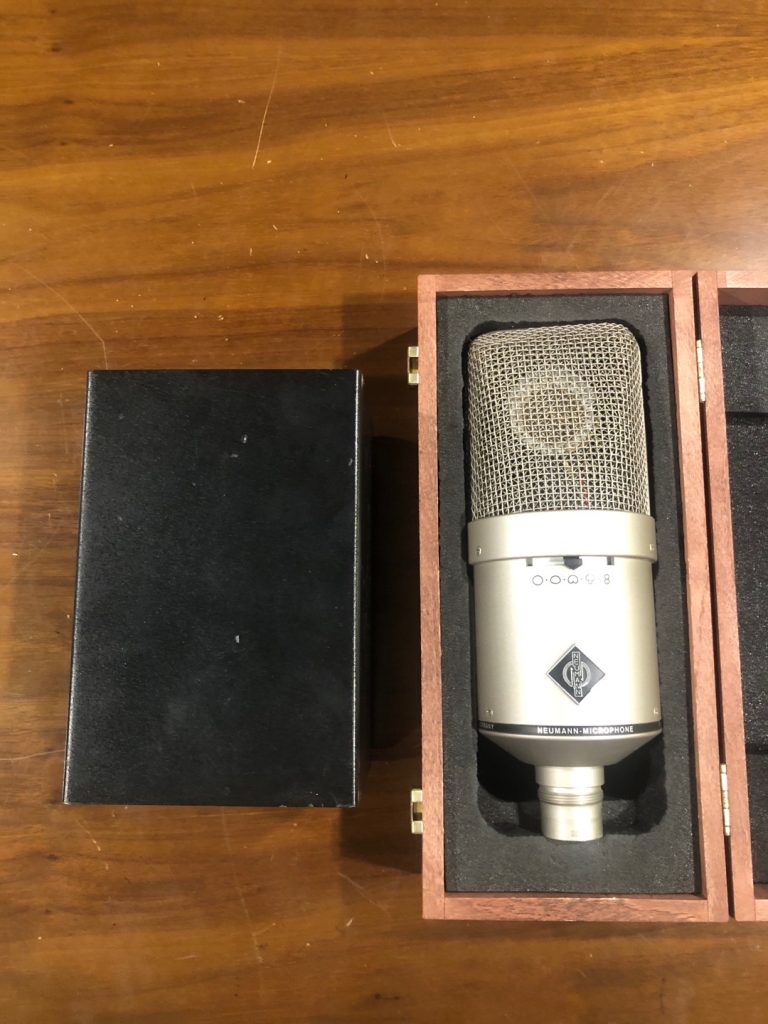
That hefty microphone in the beautiful wooden case has a strange allure.
The trust people place in the Neumann brand, founded in 1928,
isn’t just because they make great equipment;
it’s because the company is a part of audio history itself.
In an era of rapidly changing technology,
there’s a strong preference for vintage audio gear like microphones and speakers.
I believe this is because music is a vessel for something that can’t be explained by technology alone.
That’s why the appeal of vintage microphones like the M149 lies in their ability to connect eras.
The sound I’m hearing from this microphone is the same sound people heard 70 years ago.
Using it to create a modern sound feels like a deeply meaningful, emotional connection.

